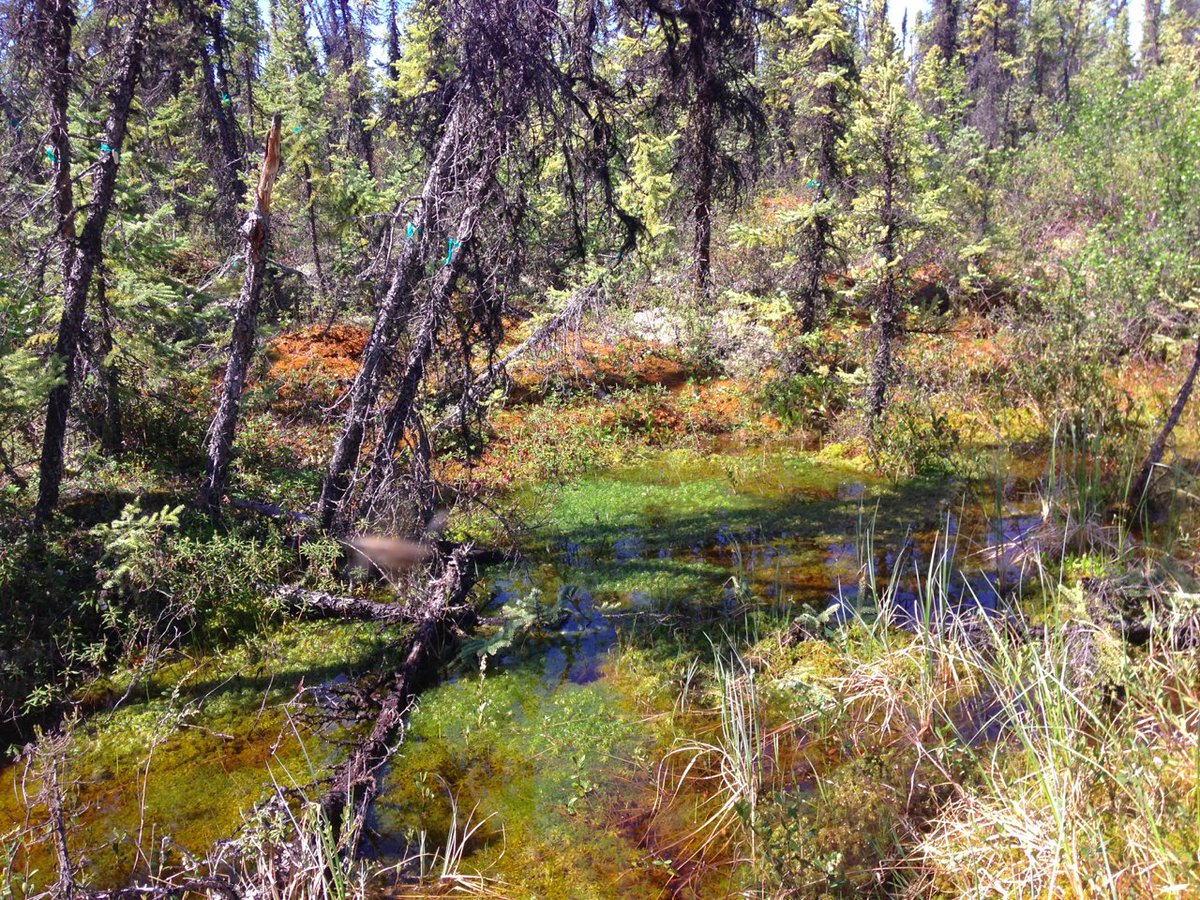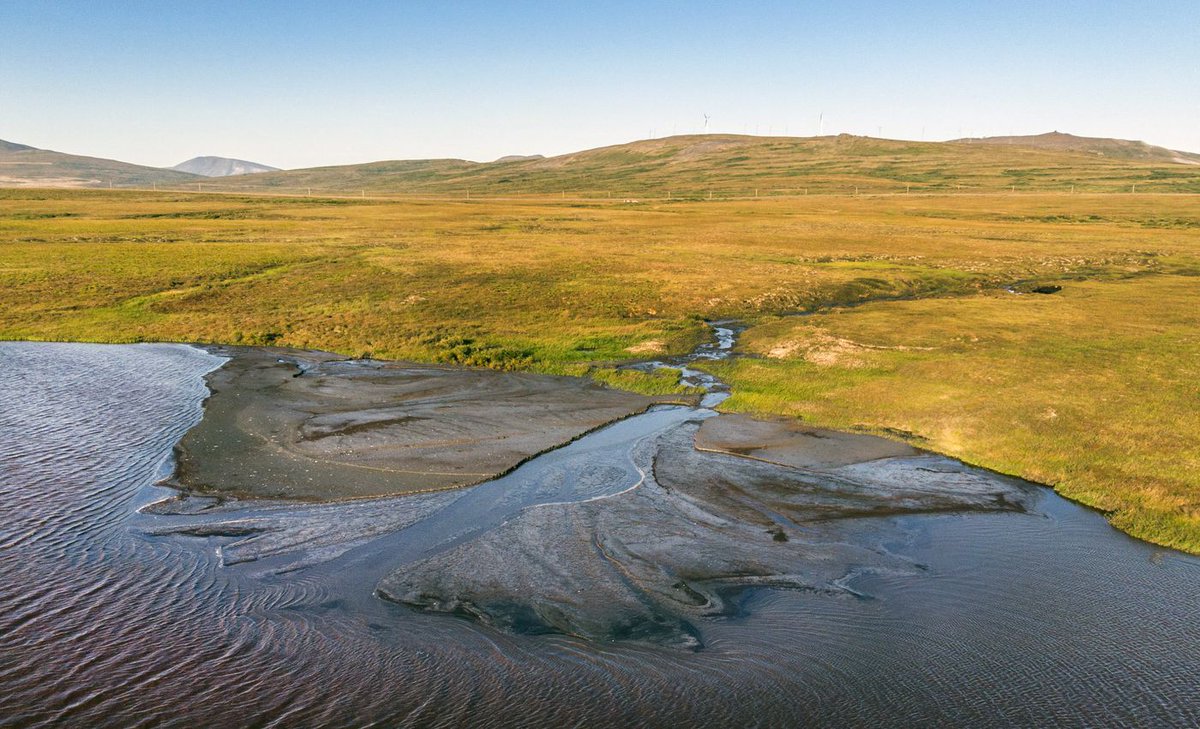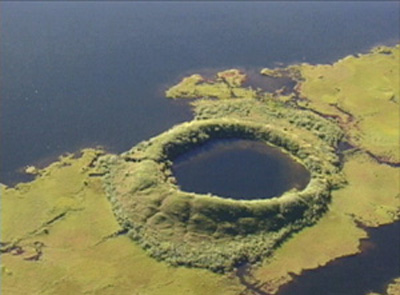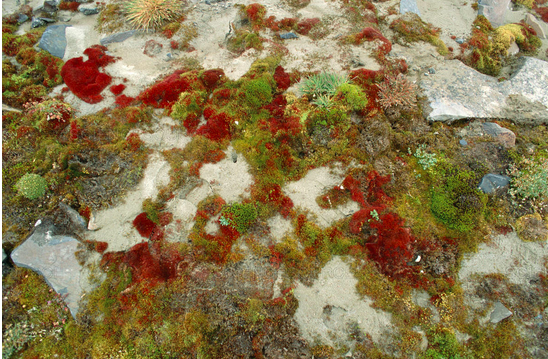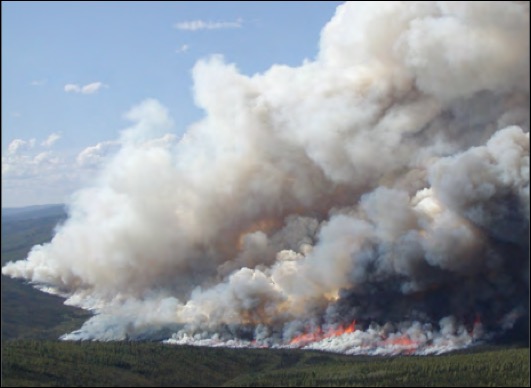
In case you thought Sphagnum was only found in boreal peatlands. This is one of my most favorite discoveries, carved into a Sphagnum hill on Basse-Terre, Guadeloupe. I've imagined all sorts of stories....someone loves this place. 
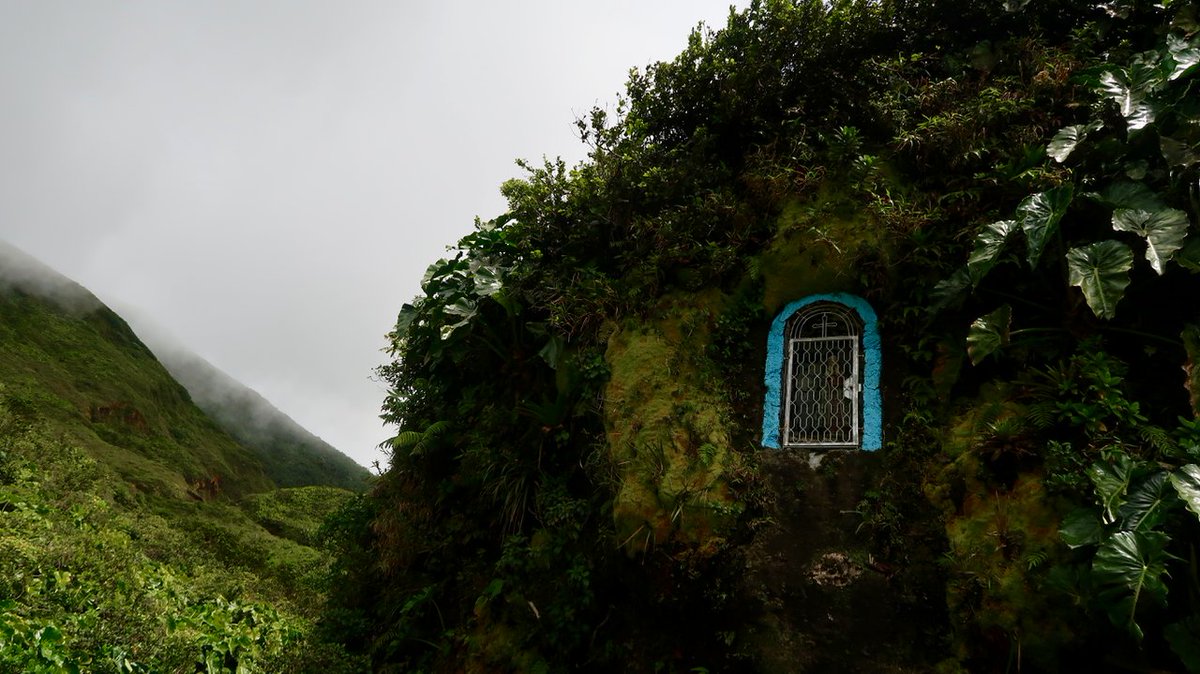
My 5 favorite Sphagnum facts:
1) Sphagnum is a genus with >350 species thriving all over the world.
2) Sphagnum is THE most important genus for carbon in the biosphere. Its biomass stores more carbon (once in the atmosphere) than any other genus of life. 2/
1) Sphagnum is a genus with >350 species thriving all over the world.
2) Sphagnum is THE most important genus for carbon in the biosphere. Its biomass stores more carbon (once in the atmosphere) than any other genus of life. 2/
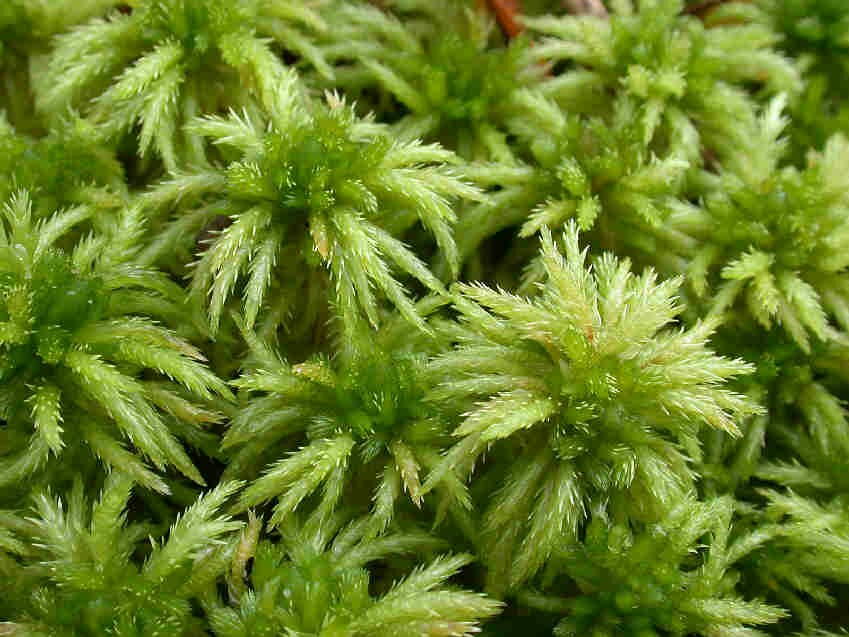
Vascular plants have roots to acquire water & nutrients, how can Sphagnum compete? They are master manipulators! Fact 3: As they mature, Sphagnum cells release protons, which lowers adjacent pH & benefits the Sphagnum. Sneaky acid ninjas. 3/ 

Fact 4: Another way that Sphagnum are master manipulators. During development, they resorb ~half of their living cells creating a web of green/photosynthetic & dead (hyaline) cells. This makes Sphagnum super sponges! Hyaline cells also are habitat for micro & macro organisms. 4/ 
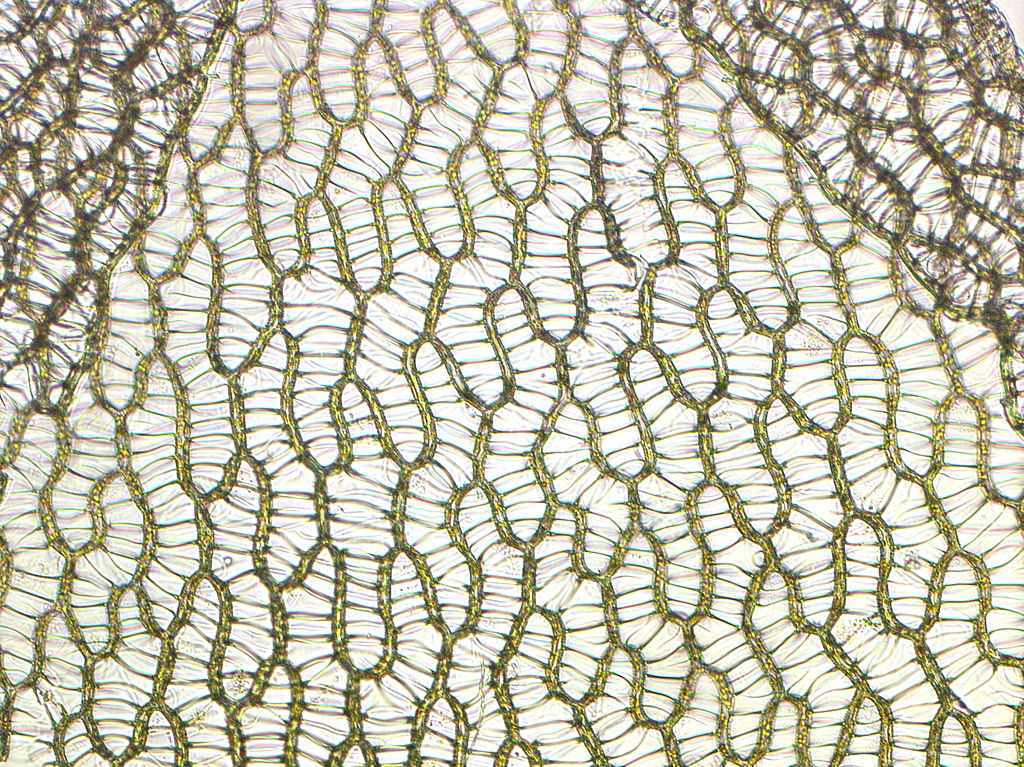
#5 favorite fact- Sphagnum lack internal water-conducting tissue but can still move water. How? Through passive capillary action, Sphagnum can "wick" water. This is due partly to individual plant morphology but it's also a neighborhood effect. Social Sphagnum traits! 5/5 
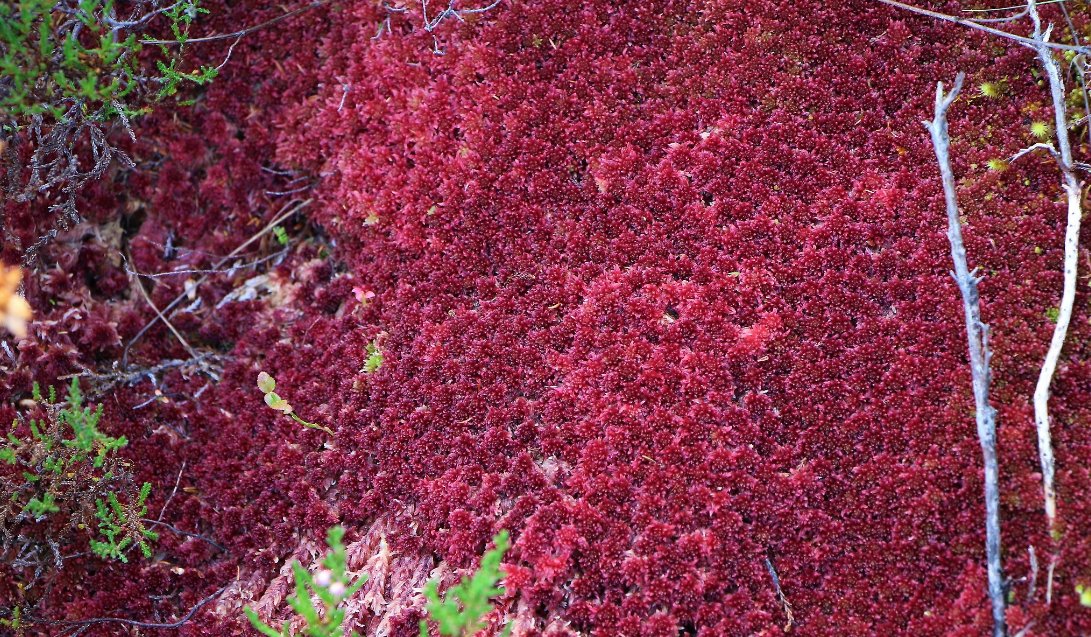
Tweeting about the wonders (and perils) of Sphagnum moss has kept my head out of politics today. Many thanks and I appreciate you all. This 👇 is a either a pickle or a Sphagnum green cell, both of which I adore.
• • •
Missing some Tweet in this thread? You can try to
force a refresh




